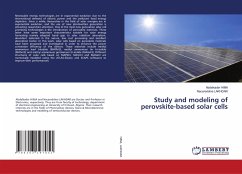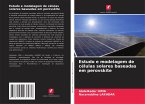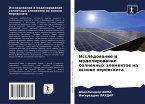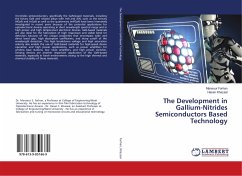Renewable energy technologies are in exponential evolution due to the international demand of electric power and the pollutant fossil energy depletion. Since a while, Researches in the field of solar energies are in exponential evolution, and the use of new photovoltaic generation is attracting researchers attention. One of the most new generation solar cell promising technologies is the introduction of perovskite materials. These latter have some important characteristics suitable for solar energy harvesting namely adapted band gap to solar radiation absorption, abundant materials in the nature, low cost processing and excellent absorption factor. In this work, solar cells based on perovskite materials have been proposed and investigated in order to enhance the power conversion efficiency of the devices. These materials include methyl ammonium lead triiodide (MAPbI3), methyl ammonium tin tri-iodide (MASnI3) and methyl ammonium germanium tri-iodide (MAGeI3). Different structures of solar cells based on MAPbI3, MASnI3 and MAGeI3 are numerically modeled using the ATLAS-Silvaco and SCAPS softwares to improve their performances.








